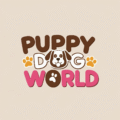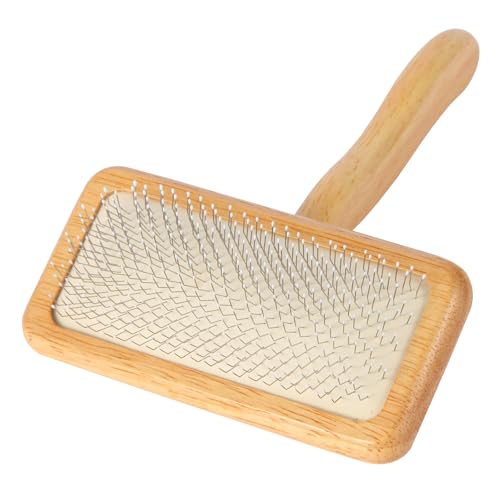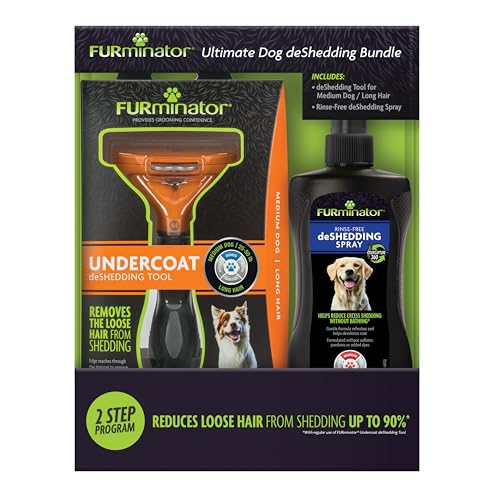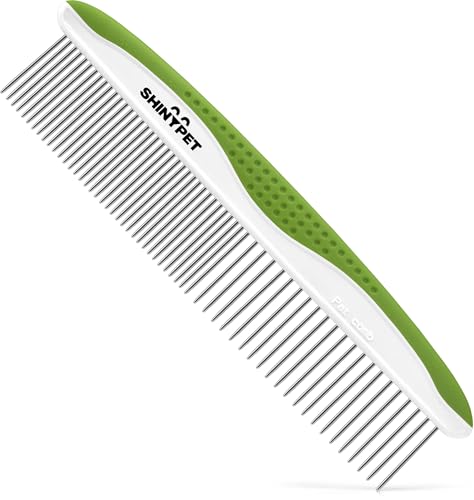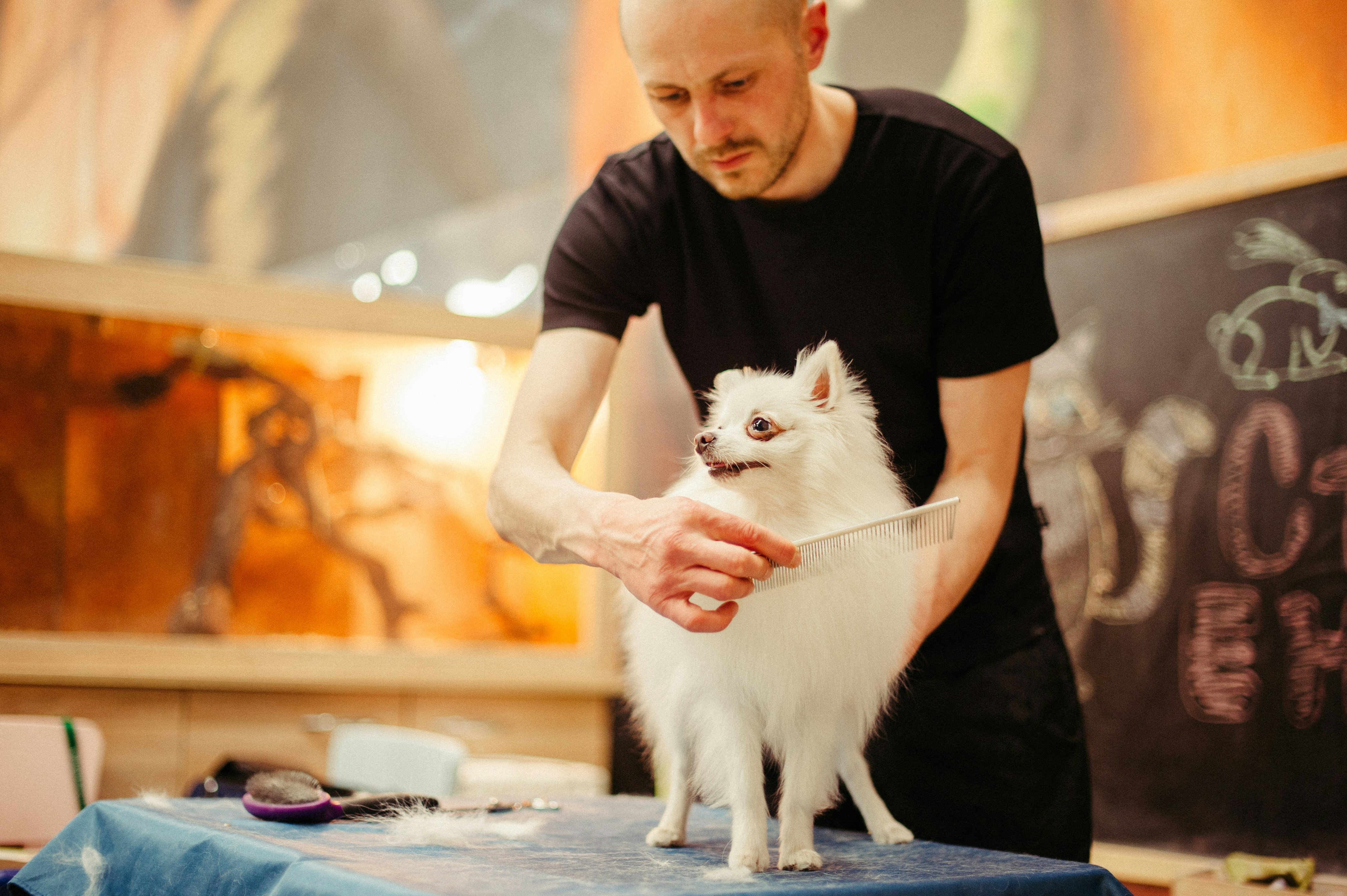
Understanding Different Dog Hair Types
Dog hair types can be categorized into several distinct groups, including short, medium, long, curly, and wiry textures. Each category possesses unique characteristics that influence the grooming methods and tools necessary to maintain a dog’s coat effectively.
Short haired dogs typically have a sleek coat that lies close to the body, often requiring minimal grooming. Breeds such as the Beagle and Boxer fall into this category. These dogs usually shed consistently throughout the year but tend to benefit from regular brushing with a rubber or bristle brush to keep the coat healthy and remove loose hair.
Medium haired dogs, like Golden Retrievers and Cocker Spaniels, have a slightly denser coat that requires more attention to prevent matting and tangles. Their grooming needs often include a thorough brush at least once a week, utilizing brushes specifically designed for medium length hair to maintain their shape and cleanliness.
Long haired breeds such as the Maltese and Afghan Hound exhibit beautiful, flowing coats that can become easily tangled if not routinely groomed. Daily brushing is essential for these dogs, particularly with tools designed for long hair to prevent matting and to keep the coat in optimal condition. Specialized combs and brushes can help navigate through their luxurious fur without causing discomfort.
Dogs with curly hair, including the Poodle and Portuguese Water Dog, have unique grooming needs due to the texture of their coat. Their curly fur tends to trap dirt and moisture, so regular grooming with slicker brushes is vital to prevent matting. Additionally, these breeds may require professional grooming to maintain their curly coats properly.
Lastly, wiry haired dogs, such as the Airedale Terrier or the Wire Fox Terrier, have tough, coarse textures that require different handling. These breeds benefit from regular hand stripping or using a comb designed for wiry hair, ensuring their distinctive look remains intact. Each hair type necessitates specific grooming practices, making it essential to recognize and understand these differences when selecting the appropriate grooming tools.
Essential Brushes for Short and Smooth Coated Dogs
When grooming short and smooth coated dogs, selecting the right tools is vital for maintaining their coat health and ensuring the comfort of the animal. Different brush types serve specific purposes, and understanding the advantages and disadvantages of each will enhance the grooming experience for both the dog and the owner.
Slicker brush: For dogs with long, flowing coats, a slicker brush is often the most effective tool. Slicker brushes feature thin, bent wires that can penetrate deep into the undercoat, removing tangles and mats without damaging the top layer of hair. They are particularly beneficial for breeds such as Golden Retrievers or Shih Tzus, where regular grooming is essential to prevent matting.
Bristle brushes Short haired breeds, like Boxers or Beagles, benefit from bristle brushes. These brushes, with their soft bristles, are designed to remove loose hair while distributing natural oils throughout the coat, promoting a healthy shine. Additionally, rubber curry brushes can be effective for these breeds, as they help to exfoliate the skin and remove dirt and debris without causing irritation.
Deshedding tools: For dogs prone to shedding, deshedding tools can be a game changer. Tools such as the Furminator are designed to reach through the topcoat and effectively remove loose undercoat hair, reducing shedding significantly. This is particularly helpful for dogs with double coats, like Siberian Huskies, as it helps maintain a clean and healthy coat while minimizing hair around the home.
Comb: it is essential to have a comb on hand, regardless of the coat type. Combs come in various sizes and widths, making them versatile tools for untangling knots and performing finishing touches. Selecting the right grooming tools for your dog’s specific coat type not only facilitates a smoother grooming process but also contributes to your pet’s overall well being.
Tips for Effective Grooming Techniques
Grooming your dog is an essential part of maintaining its overall health and well being, and choosing the right brushes and combs specifically designed for your dog’s hair type can significantly enhance this process. Different dog hair types require distinct grooming techniques to ensure that both the pet and the owner have a pleasant experience.
When brushing or combing, always work in the direction of hair growth. This not only makes the practice more comfortable for your dog but also helps to avoid pulling on the fur, which can be painful and lead to negative associations with grooming. For dogs with long hair, sectioning the coat can make the grooming process easier; start by dividing the fur into manageable parts to avoid tangles and mats. The frequency of grooming is also important and varies by hair type. Short haired breeds may only require grooming once weekly, while long haired breeds may need daily brushing to prevent matting.
For particularly sensitive areas, such as the ears, paws, and belly, it is critical to use a gentle touch. Utilize softer brushes or combs on these regions to minimize discomfort. When you encounter mats in the fur, do not tug or pull aggressively. Instead, use a dematting tool or a wide toothed comb to carefully work through the tangles. Spraying a detangling solution can also ease the process, making it less painful for your pet.
In conclusion, effective grooming techniques are essential for maintaining a healthy coat and ensuring a positive grooming experience for both dogs and their owners. By integrating these practices into your routine and using the right tools for your dog’s specific hair type, you can help create a comfortable and efficient grooming environment.
